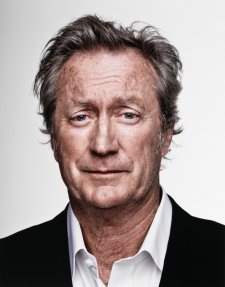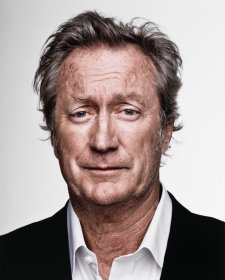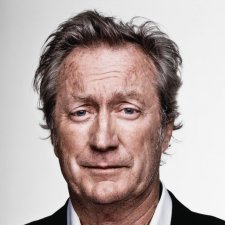- About us
- Support the Gallery
- Venue hire
- Publications
- Research library
- Organisation chart
- Employment
- Contact us
- Make a booking
- Onsite programs
- Online programs
- School visit information
- Learning resources
- Little Darlings
- Professional learning
Asked to name a seminal punk band, a lot of people would probably say The Sex Pistols. Ask a musician or a rock aficionado, however, and they're more than likely to say The Saints. In June 1976 The Saints' then lineup of Ed Kuepper (guitar), Chris Bailey (vocals), Ivor Hay (drums) and Kym Bradshaw (bass) went into a studio in Brisbane to record a single – despite not yet having a deal with a commercial label. According to Bailey, 'we were a bunch of yobs that couldn't play too good'; or, as Kuepper put it, 'we had this band, we had this sound that was totally our own, and we were despised by everybody.' As a result, The Saints' first single, '(I'm) Stranded', was released on the band's own label in September 1976. They distributed it themselves too, taking copies to local record stores and posting some overseas. This do-it-yourself approach paid off when a writer for Sounds magazine in the UK declared '(I'm) Stranded' 'the single of this week and every week' and scorned the Australian record companies who'd been deaf to its unsullied originality. 'What a bunch of idiots. You like Quo or The Ramones? This pounds them into the dirt.' The Saints thus earned the distinction of releasing a punk song before the Sex Pistols did. They were promptly signed by EMI for a three-record deal. Having undergone several personnel changes, they relocated to Sydney before moving to the UK in 1977, when their first LP (named after the single) was released. Bob Geldof is said to have asserted that 'Rock music in the seventies was changed by three bands – the Sex Pistols, the Ramones and the Saints.'
Gary Ede's photograph shows Ed Kuepper, Alasdair 'Algy' Ward, Ivor Hay, and Chris Bailey in London in the band's 1978 iteration. In 1979 Kuepper returned to Australia where he founded the cult band the Laughing Clowns and later the Aints; he has had a very successful career in live performance and recording, and a park in Brisbane is named after him. The Saints went through countless lineups in the ensuing decades. Chris Bailey (1957–2022) was the only constant, remaining the band's frontman for five decades while also performing solo and in collaboration with other major musicians. Algy Ward, who played on the Saints' third single 'This Perfect Day', still performs in the UK. Ivor Hay moved out of the music business but played in reunions of the band from time to time.
Purchased with funds provided by Wayne Williams 2018
© Gary Ede
Gary Ede (age 32 in 1978)
Ed Keupper (age 23 in 1978)
Alasdair Ward (age 19 in 1978)
Chris Bailey (age 21 in 1978)
Wayne Williams (27 portraits supported)



On one level The Companion talks about the most famous and frontline Australians, but on another it tells us about ourselves.



Featuring striking photographic portraits of contemporary figures from the National Portrait Gallery collection, The Look is an aesthetic treat with a lashing of je ne sais quoi.



Visit us, learn with us, support us or work with us! Here’s a range of information about planning your visit, our history and more!